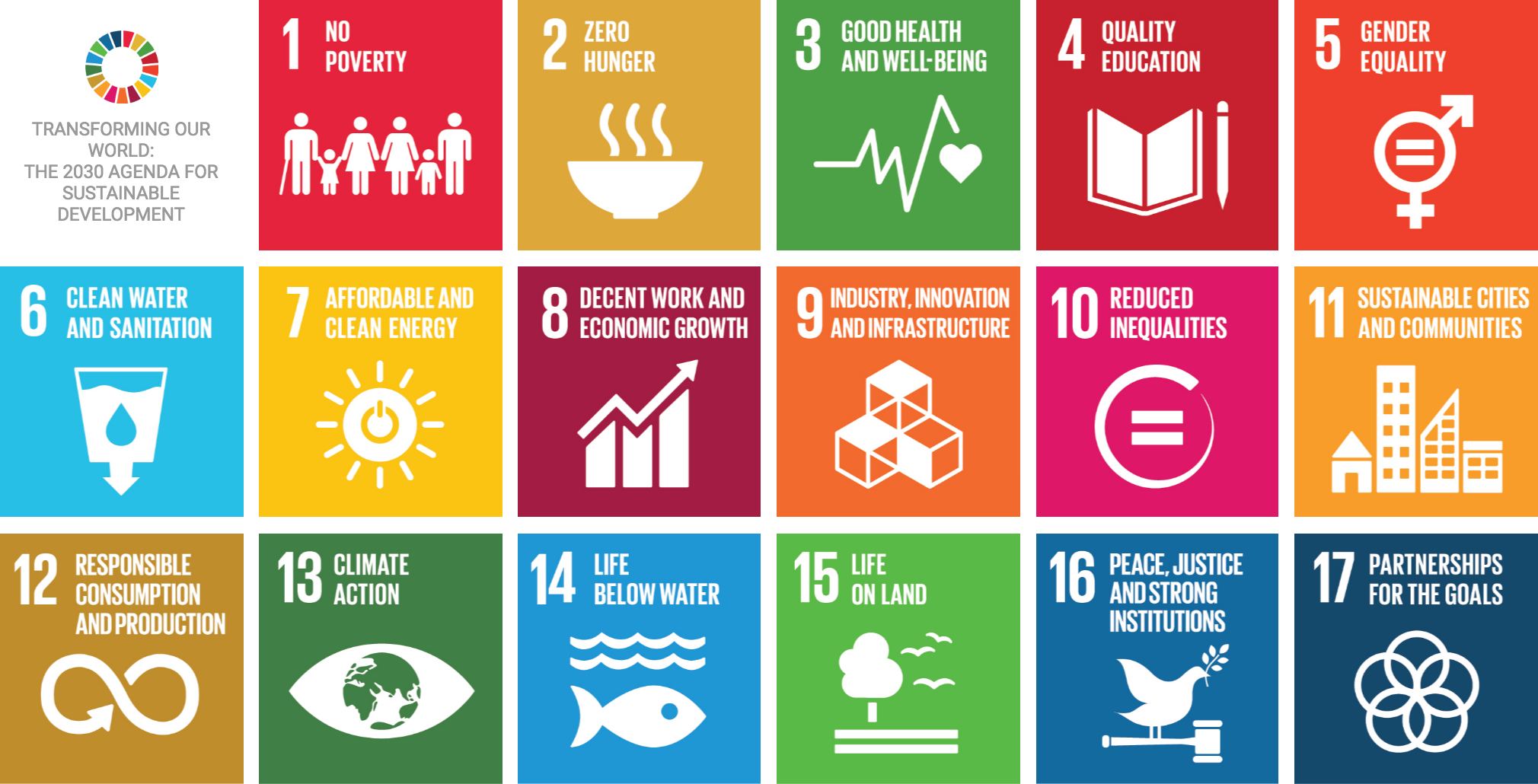#7 - Capacity building programs that train the trainer
One of the ideas was to "Capacity building programs that train the trainer" (of a total of 83 ideas). This particular idea stemmed from a trip to Inwent in Germany.
Today, in hindsight, I think this idea is very similar to the Al Gore's 'Climate Reality Leaders' concept, where people would be trained to then share the message and train others. I haven't seen many actually work, but it is a good idea!
For further info see the whole report at this link: http://www.waveconsulting.com.au/publications/
#6 - Allocate time for reflection
One of the ideas was to "Allocate time for reflection " (of a total of 83 ideas). This particular idea stemmed from a trip to Inwent in Germany.
Today, in hindsight, I think this idea is almost exactly what we are posting here! Always good to stop and reflect on what you have done, what you are trying to do, and what you've learnt so far.
For further info see the whole report at this link: http://www.waveconsulting.com.au/publications/
#5 - Create a water charter
One of the ideas was to "Create a water charter" (of a total of 83 ideas). This particular idea stemmed from a trip to Zaragoza in Spain.
Today, in hindsight, I think this idea is interesting but probably in today's terminology we'd refer to this concept as developing a city's water strategy and key principles. The IWA Cities of the Future network has done a lot of work on this topic and the key principles (or charter) for cities.
For further info see the whole report at this link: http://www.waveconsulting.com.au/publications/
#4 - Develop and maintain informal networks
One of the ideas was to "Develop and maintain informal networks" (of a total of 83 ideas). This particular idea stemmed from a discussion with Govert Geldof and Gerdrik Bruins (in Rotterdam, Netherlands). They told the story that their Climate Resilience Plan mostly happened because there were enough people in an informal network with passion to make it happen. And some political leaders that saw the merit in it too!
Today, in hindsight, I think this idea is very relevant, but perhaps we need to think about how we do that and how people that aren't naturally drawn to 'networking' and perhaps have a more introverted personality can be part of informal networks.
For further info see the whole report at this link: http://www.waveconsulting.com.au/publications/
#3 - Form a competence network
One of the ideas was to "Form a competence network" (of a total of 83 ideas). This particular idea stemmed from a trip to Hamburg, where the water engineers saw a benefit in working on specific issues like heat recovery from sewers, with other professionals from other European cities. It is a model that has been around a while, and with the use of online forums and video-conferencing is becoming easier (though in some ways it is harder to see the wheat from the chaff online!).
Today, in hindsight, I think this idea is similar to a lot of the AWA networks / committees and Capacity Building programs around Australia. I would like to acknowledge Emily Phillips for her contribution and passion for this idea.
For further info see the whole report at this link: http://www.waveconsulting.com.au/publications/
#2 - "Export water knowledge"
One of the ideas was to "Export water knowledge" (of a total of 83 ideas). This particular idea stemmed from a trip to Zaragoza and their hosting of the Water Expo in 2008. A key part of that expo was encouraginig countries to think more and sharing and exporting their knowledge, for others to benefit from.
Today, in hindsight, I think this idea is a key part of what is driving the CRC Water Sensitive Cities to engage with industry and research groups around the world. It is also very topical in terms of Cape Town's water issues and what Australian cities learnt in the millennium drought. I would like to acknowledge Leigh Holmes for his contribution and passion for this idea.
For further info see the whole report at this link: http://www.waveconsulting.com.au/publications/
#1 - "Create or join a learning alliance"
This particular idea stemmed from a trip to Rotterdam. Today, in hindsight, I think this idea is still very relevant, and has been a key to another movement in the climate network discipline known as C40. I think the key is really that each city isn't facing a unique problem - and by collaborating across a city network you are more likely to tackle these sort of wicked problems. Probably true moreso today than a decade ago!
I would like to acknowledge Leonie Duncan for her contribution and passion for this idea.
For further info see the whole report at this link: http://www.waveconsulting.com.au/publications/














